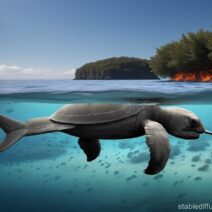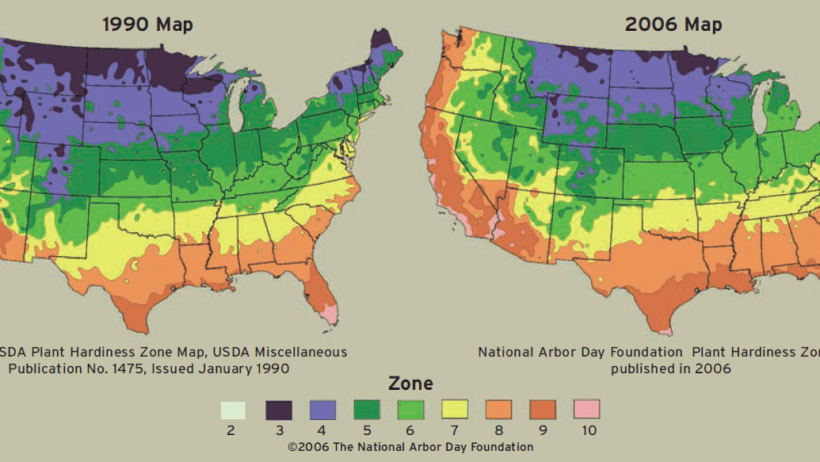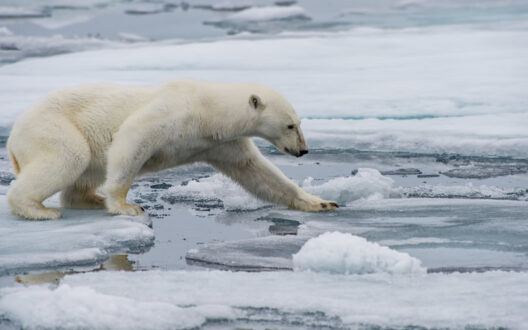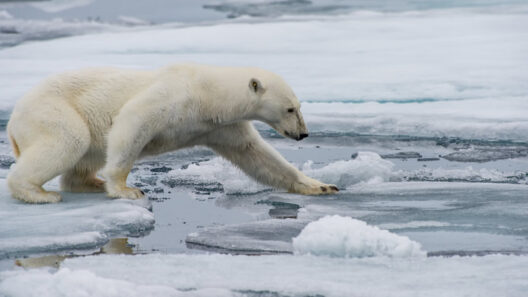Imagine standing on the icy shores of Antarctica, watching a Gentoo penguin waddling enthusiastically across the snow. Have you ever considered what challenges these charming creatures face in securing their next meal? As climate change continues to reshape our planet’s ecosystems, it brings forth significant challenges known as the “Penguin’s Plate Problem.” This phenomenon reflects the larger issue of how global warming impacts the food supply of these iconic birds, ultimately threatening their survival.
At the heart of the Penguin’s Plate Problem lies the intricate relationship between temperature fluctuations and marine ecosystems. Penguins primarily feed on fish, krill, and other marine invertebrates that inhabit the frigid waters surrounding their homes. Climate change has accelerated the melting of sea ice, altering the habitat of these crucial food sources. How do these changes influence the survival of penguins? The answer is multifaceted and strikingly concerning.
To comprehend the gravity of the situation, one must first delve into the dynamics between the temperature of ocean waters and the distribution of marine life. As global temperatures rise, oceans absorb excess heat, leading to shifts in water temperatures. Cold water species, such as krill, thrive in cooler environments, and the warming waters are pushing them further south, away from traditional feeding grounds of penguins. This necessitates longer foraging trips, which can be particularly perilous for nesting penguins.
The relationship between sea ice and penguin nutrition cannot be overstated. Penguins rely on sea ice not merely as a platform for breeding and resting but also as a hunting ground for their primary food sources. The decline of sea ice due to rising temperatures directly correlates with the reduction in krill populations, as they depend on the algae that flourish beneath the ice. Less ice means less algae, leading to diminished krill stocks, which creates a chain reaction affecting penguin feeding patterns and overall health.
The effects of climate change extend beyond just the availability of food—they also impact the life cycle and reproduction of penguins. In species such as the Emperor penguin, changes in the timing of sea ice formation can disrupt the nesting period. If young chicks hatch and the sea ice is unstable or nonexistent, parents face dire circumstances in hunting for food. Insufficient nourishment can lead to malnourished chicks and increased mortality rates, compounding the population decline for already vulnerable species.
Furthermore, human intervention exacerbates these challenges. Overfishing in southern oceans diminishes the already limited food supply available to penguins. Industrial fishing practices not only reduce the abundance of prey but also introduce a multitude of pollutants into the marine environment. The ramifications on penguin health and the vitality of their ecosystems cannot be overstated. With the dual pressures of climate change and overexploitation, penguins find themselves navigating a precarious future.
The implications of the Penguin’s Plate Problem extend beyond individual species—it poses a challenge to the overall biodiversity of the Antarctic region. As penguins decline, the stability of the marine ecosystem may be jeopardized. The intricate web of life that includes seals, whales, and various fish species hinges on the continued presence of krill and other small organisms. The resultant ripple effect could have implications for the global food chain, highlighting the interconnectedness of all life forms.
A crucial question arises: What can be done to mitigate these challenges and safeguard the future of penguins and their food supply? Turn the tides through climate action. Implementing far-reaching policies aimed at reducing greenhouse gas emissions is paramount. Advocating for sustainable fishing practices and designating marine protected areas can also provide refuge for vital species like krill. Education and awareness-raising play significant roles in engaging the public and fostering a culture of conservation. Informed communities are more likely to support initiatives aimed at counteracting climate change and protecting vulnerable species.
Moreover, scientific research is indispensable in unraveling the complexities of global warming and its effects on marine ecosystems. Conducting thorough studies on penguin populations and their food supply will provide invaluable insights into adaptive strategies. Understanding how these birds respond to environmental stressors can help inform conservation efforts and shape policies that prioritize ecological balance.
As the world grapples with the far-reaching implications of climate change, the Penguin’s Plate Problem serves as a poignant reminder of the urgency for action. By protecting these remarkable birds and their habitats, we are simultaneously protecting the delicate balance of life in one of the most beautiful yet fragile ecosystems on our planet. In a world increasingly affected by climate change, it is our responsibility to ensure that penguins continue to thrive—a symbolic testament to the health of our oceans and the perseverance of life against the odds.
In conclusion, the Penguin’s Plate Problem encapsulates the broader challenges imposed by climate change on marine ecosystems. As the ice melts and oceans warm, it is the penguins who illustrate the stakes of inaction. Addressing these issues demands a concerted global effort, uniting individuals and nations in a commitment to preserve the beautiful diversity of life on Earth. The question is, are we ready to rise to the challenge for the penguins and for future generations?







